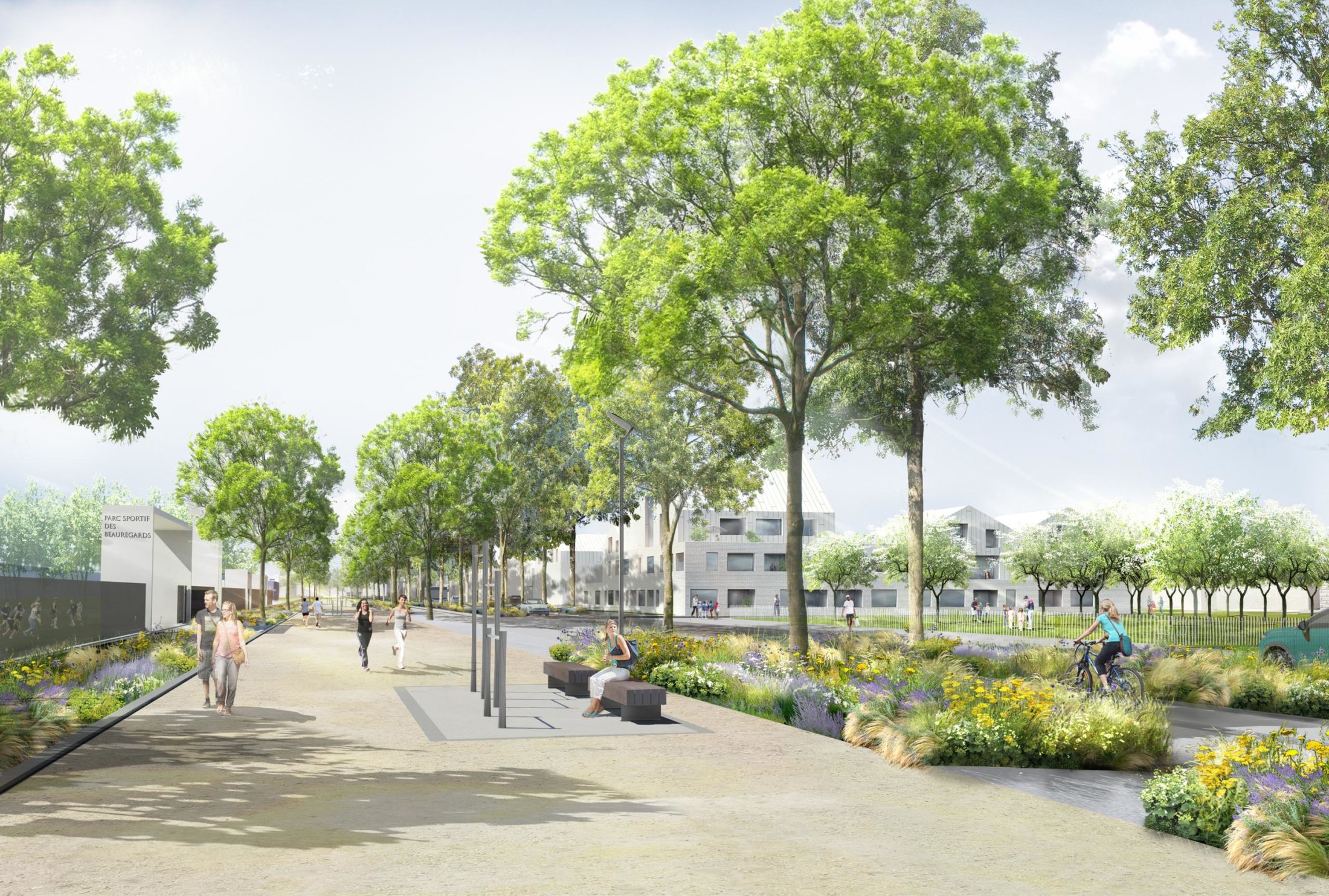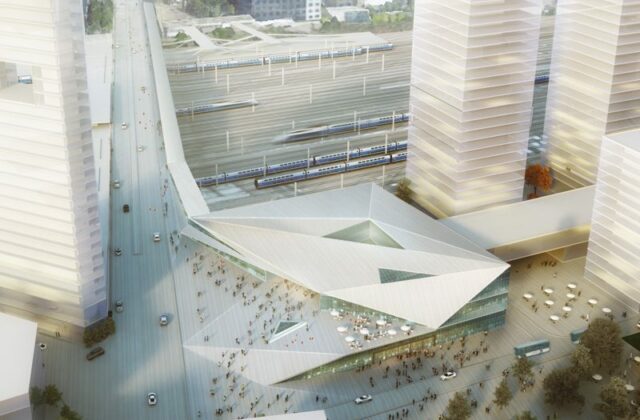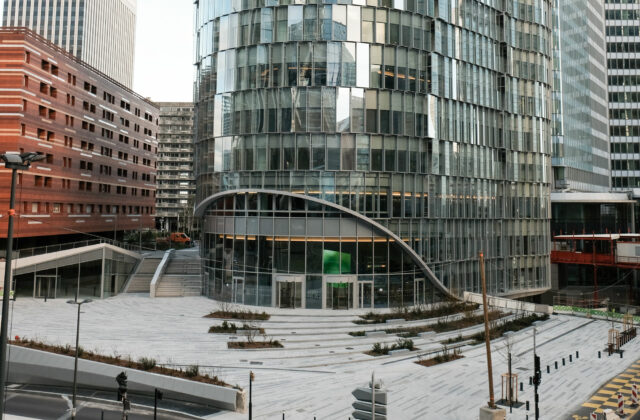

At the borderline between a rapidly expanding economic region and the planned Pierrelaye forest, the Beauregards plain represents the interface of environmental and social challenges specific to the expansion of the Grand Paris region.

The Beauregards plain extends over an outer curve of the Seine river on an area of 76 hectares in continuation of the town of Herblay, in the Val Parisis intercommunal urban centre. It benefits from a strategic location at the outskirts of a major employment area, densely interconnected by high- performance road and rail infrastructures to the structuring activity centres of the capital. It also lies at the interface between significant reservoirs of biodiversity, including the Seine river and the Saint Germain-en-Laye and Montmorency forests, representing a vital environmental link in the continuum of these regional ecological corridors, particularly in connection with the planned “Grand Paris Pierrelaye forest”.

The purpose of this urban feasibility study is to analyse the Beauregards area in terms of potential for boosting the economic and urban development of the region by setting up sports fields, parks, shopping and leisure areas as well as housing units, within a highly integrative concept. The project is articulated around a rich agricultural development plan and the pursuit of controlled urban density.
The “Pierrelaye Forest National Interest Project” provides for planting 1 million trees and is the largest forest management project in France since Colbert. Accordingly, the development of this region must support this drive by preserving the vast ecological continuities and revive the region’s agricultural fabric and rural paths. In order to meet these ambitious plans in a sustainable manner, the project proposes a forward-looking approach in the form of balanced and diversified agricultural scenarios: urban orchards, vegetable-growing parks, mini vegetable gardens and vegetated high rises, capable of exceeding the future needs of the neighbourhood. The strategicdiversity and the integration of structuring agricultural elements will define a new and innovative urban model as the first “Affordable Organic Food” neighbourhood.
- Customer:Grand Paris Aménagement
- Team:architecturestudio (lead consultant), Après la Pluie, Trans-Faire, Bureau d'études de Gally
- Program:Urbanism
- Year:2017
- Surface:76 hectares
- Status:Ongoing
Similar programs

Santiago Des3aDo, Santiago , Chili

Chongqing Railway Station, Chongqing, China

Saint-Denis-Pleyel train station, Saint-Denis, France

Ville Nouvelle de Yennenga, Ouagadougou, Burkina Faso

Aménagement du secteur Malepère, Toulouse, France

Nanterre-la-Folie train station, Nanterre, France

King Abdul Aziz avenue, Mecca, Saudi Arabia

Public area of the Saisons district, La Défense, France
